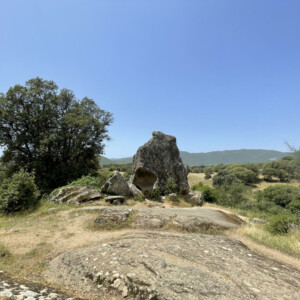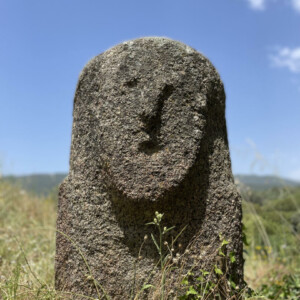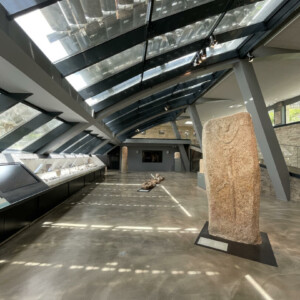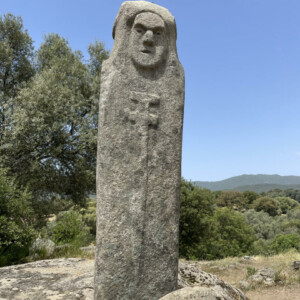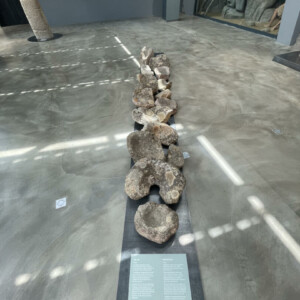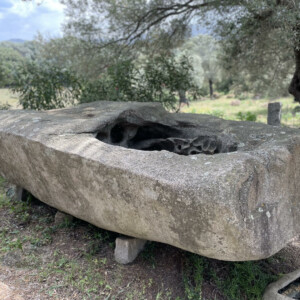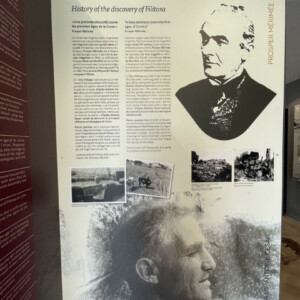Let’s visit Filitosa, the gem of the Corsican prehistory
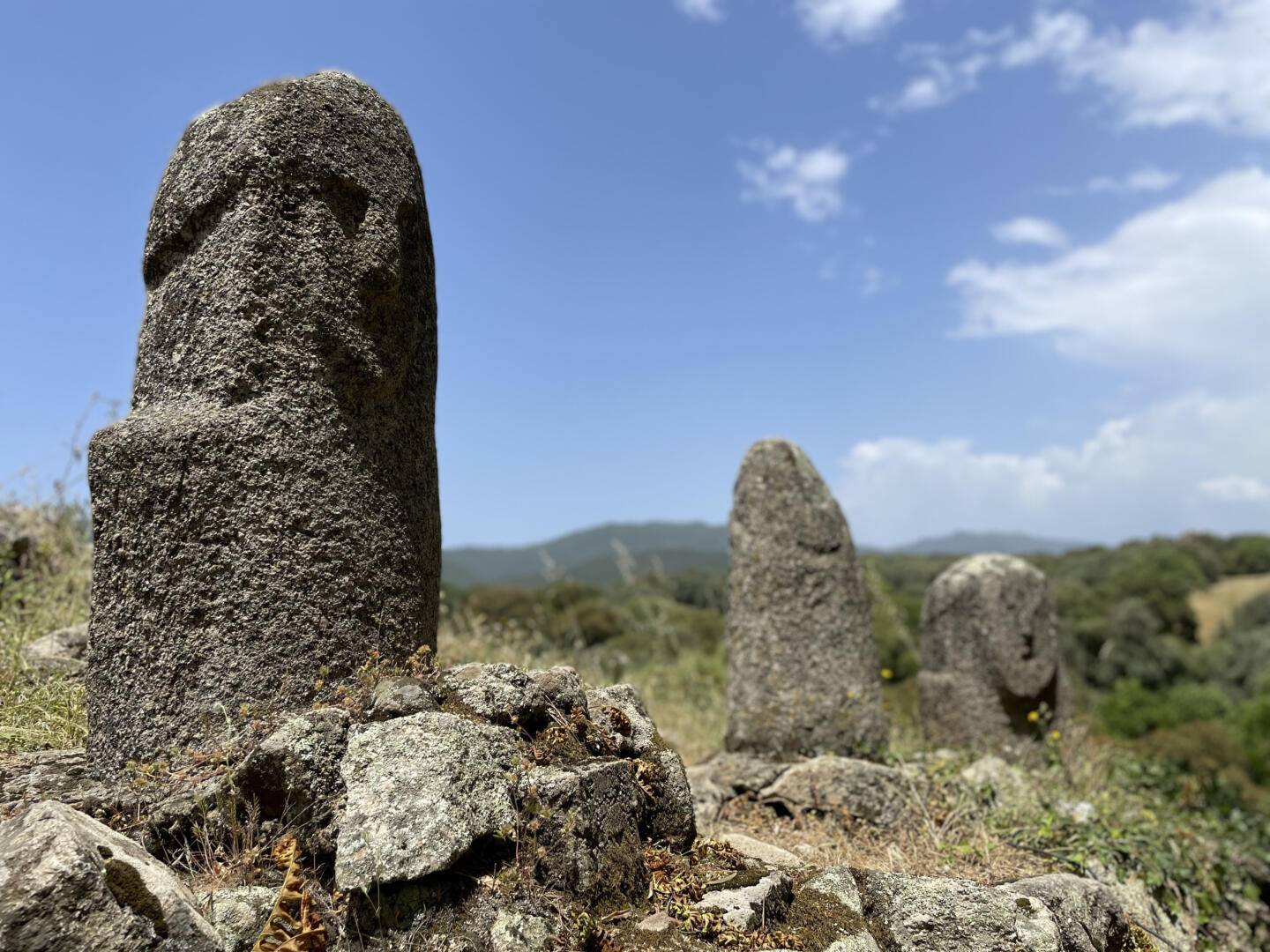
This year is the third time I visit Filitosa. Ten years have passed since my last coming, and some things have evolved. The enchantment, however, remains unchanged. I am sure you had already felt the same way when you got close to something that had traveled through time to show you a glimpse of your people’s history.
Visit Filitosa is exactly like taking this kind of time machine. A machine that takes you to Corsican prehistory, from around 6000 years BC to the Roman Era. The “menhir-statues”, carved in granite and mostly anthropomorphic; the settlements and the various objects exhumed since 1946, the date of the discovery of the site, are precious testimonies of ancient Corsica. There is still so much to learn and the discovery of Filitosa marked an important step toward comprehension. Filitosa is probably the richest prehistorical place in Corsica (without any offense to the others) and it is classified among the “100 historical sites of common interest for the Mediterranean countries”. The site became classified as “Monument Historique” in 1980.

Beholding (pre)history
Filitosa is situated in Sollacaro, a small village in the valley of the Taravo. Not far from Propriano. The site was discovered by chance in 1946 by Charles-Antoine Cesari, on a piece of land owned by his family. Throughout the years, especially with the implication of the archeologist Roger Grosjean, Filitosa will reveal his cultural richness. And against all odds, in a period when cultural tourism wasn’t really a thing in Corsica, M. Cesari dedicated a part of his life to making Filitosa the incredible treasure we know today. The place is still run by the descendants of Charles-Antoine Cesari. A family affair serving all.
Visit Filitosa gives you the opportunity to witness 13 “menhir-statues” and learn more about their history. There is still a lot to discover from them. Were they warriors? Who were they fighting? Were the non-anthropomorphic ones erected as offerings in order to protect the land? Standing in front of them, staring at those human-carved faces is quite an experience and it adds to the questions we ask ourselves. Everything known so far about Filitosa can be listened to (in various languages), using the dedicated audio boxes.
It is impressive to see how detailed some statues are. From the face to the spin and the weapon, the research of details was real. Some statues are high, among the highest in the Mediterranean for this kind of representation. Besides the statues, we can have a look at some habitations and understand step by step how Filitosa was born and evolved.
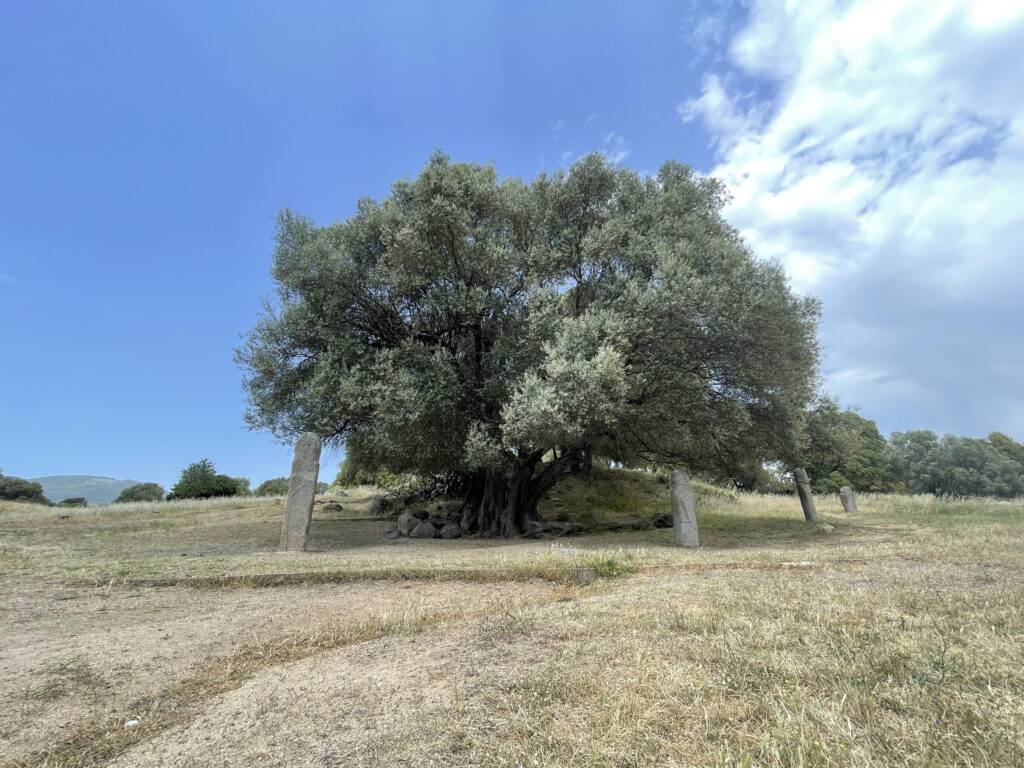
Visit Filitosa
What’s great about Filitosa is the atmosphere and the beauty of the place. You can easily understand why our ancestors chose to make a living here. Even if we decided to remove every piece of human presence, the place would transmit something deep and relaxing. Visit Filitosa should by the way be intended when the affluence is the lowest, so you can enjoy the place beyond the stones. I did it on weekdays in April, June, and September and never felt overwhelmed by other visitors.
It takes one hour to one hour and a half to visit Filitosa. From my first and second visits (in 2006 and 2011) some things changed in a good way. There used to be some weird music displayed in the background but it doesn’t seem to be anymore. A good thing. Also, the owner provided us this time a game for the kids. A series of questions about Filitosa leads them to uncover a secret word and earn some candies. It’s simple but highly effective to keep kids focused and entertained, as finding the answer to the enigma requires having a look at every main spot during the visit.
The main addition I discovered during my last visit is the Museum of Filitosa. It was opened in 2016 and gives us the opportunity to learn more about the discovery of the site and witness the archeological findings in a small yet very well-organized room.
- Filitosa is open every day from April 1st to November 5th.
- Hours: during weekdays from 10 am to 7 pm, and from 9 am to 7 pm during weekends and days off.
- Prices: 9,00€ (18+), 7,00€ (persons with disabilities, kids from 6 to 17). The complex also offers a family plan which costs 27,00€ for two adults and two kids.
For more information, please check the official website available in English, German and Russian.
You may also like our article about the Orii in Monacia d’Auddè







